The progressive illness known as chronic obstructive pulmonary disease (COPD) seriously damages the lungs and makes breathing difficult. Millions of people’s lives are progressively taken over by the disease, which is frequently concealed by its subtle beginning. The good news is that COPD is manageable, even though it still presents challenges. Although there isn’t a cure, people with it can live happy, fulfilling lives if they are diagnosed early and receive regular treatment.
Emphysema and chronic bronchitis, two illnesses that impede airflow and make breathing challenging, are combined to form COPD. Emphysema causes the slow degeneration of the alveoli, the small air sacs in the lungs where oxygen is exchanged, whereas chronic bronchitis causes inflammation and thickening of the airways, which results in an overabundance of mucus production. This decline in lung function can become incapacitating over time. Even though smoking is the primary cause of COPD, the illness can also be brought on by pollution exposure, secondhand smoke, and even genetics.
COPD Diagnosis and Treatment Breakdown
| Test | Description |
|---|---|
| Pulmonary Function Tests | Measures lung capacity and airflow to determine the extent of damage. |
| Spirometry | Assesses how much air you can exhale and how quickly, crucial for diagnosing COPD. |
| Chest X-ray/CT Scan | Provides images to detect emphysema, chronic bronchitis, and other lung issues. |
| Arterial Blood Gas Test | Checks the levels of oxygen and carbon dioxide in the blood, critical for determining the severity of COPD. |
| Exercise Testing | Measures how physical activity impacts blood oxygen levels, helping to create personalized treatment plans. |
Exposing the Signs and Development of COPD
Since the symptoms of COPD usually appear gradually, it is simple to ignore it in its early stages. The most typical symptoms are wheezing, shortness of breath, a persistent cough, and an increase in mucus production. Over time, these symptoms may get worse, particularly if the person keeps smoking or is around irritants. The progressive nature of COPD is among its most upsetting features. Inadequate treatment exacerbates the symptoms, making even basic activities difficult, such as walking or carrying groceries.
Unfortunately, until serious lung damage has occurred, COPD is frequently misdiagnosed. Therefore, it is essential to identify the early symptoms and obtain a professional diagnosis. The quality of life can be improved and the progression slowed with early intervention.
The Causes: A More Detailed Examination of What Causes COPD
As previously stated, chronic exposure to toxic substances such as cigarette smoke is the main cause of COPD. But smokers aren’t the only ones who have the illness. COPD can also develop in people who have been exposed to hazardous chemicals, air pollution, or secondhand smoke at work. Interestingly, emphysema can develop in non-smokers due to a rare genetic condition known as alpha-1 antitrypsin deficiency. Although smoking is still the most frequent cause, COPD can actually impact a variety of people, irrespective of their lifestyle or smoking habits.
The Treatment of COPD: Hope via Intervention
Even though there isn’t a cure for COPD, current treatment options significantly improve symptom management and slow the disease’s progression. The mainstay of treatment for COPD is smoking cessation. Quitting smoking can prevent additional lung damage and greatly enhance lung function, even for long-term smokers. Drugs like corticosteroids and bronchodilators aid in improving airflow, lowering inflammation, and opening the airways.
Pulmonary rehabilitation is a crucial component of managing COPD in addition to medication. Through this program, people can learn how to manage their shortness of breath, increase their physical stamina, and get more exercise in spite of their condition. For people with COPD, it’s tremendously empowering because it gives them back control over their health.
Supplemental oxygen may be required for people with more severe COPD in order to help maintain ideal blood oxygen levels. This can greatly lower the risk of infections, which frequently exacerbate COPD symptoms, especially when paired with flu and pneumonia vaccinations.
A Comprehensive Strategy for COPD: Prioritizing Quality of Life
COPD affects the whole person, not just the health of the lungs. A comprehensive strategy that takes into account both mental and physical health is needed to manage the illness. Because of their limited breathing, many people with COPD feel anxious, frustrated, and alone. Living with COPD can significantly improve when mental health issues are addressed and support systems are established.
The key is to take charge of one’s health. Finding methods to improve life quality is essential, whether that be through breathing exercises, regular exercise, or interacting with people who are going through similar things. Developing a mindset that emphasizes what can be done rather than just the limitations is just as important as medication and therapies.
A Better COPD Management Future
Despite being a chronic illness, COPD is becoming easier to treat thanks to medical advancements. Early diagnosis, quitting smoking, taking the right drugs, and altering one’s lifestyle can all help people with COPD live better lives. Early intervention, proactive treatment, and ongoing support are crucial.
Future developments in personalized care and genetic research will probably open up new avenues for COPD treatment. There is hope for a future in which COPD can be managed even more precisely, allowing people to live longer, healthier lives.
